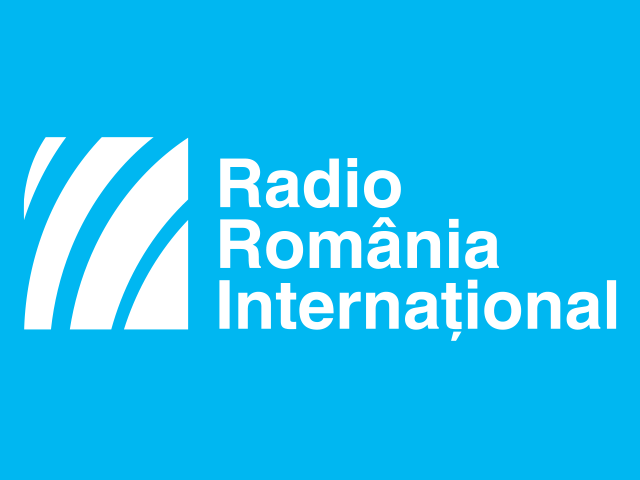The Public Library in Constanța
The history of the establishment of Constanta's public library, which celebrates its 90th anniversary this year.

Christine Leșcu, 21.08.2022, 14:00
1878, when northern Dobrudja became part of the Romanian Kingdom, also marked the beginning of a process of westernisation of this Black Sea region, so as to catch up with the rest of the country. This also involved the establishment of modern cultural institutions, alongside political ones. The public library in Constanța was one such an institution, its foundation being linked to one of the most influential journalists and cultural figures from this Black Sea port city, namely Petru Vulcan, who was born in 1866 and died in 1922. With the celebration of the 90th anniversary of the Constanța Public Library in 2021, a tribute was paid to Petru Vulcan, the librarys founder. Librarian Corina Apostoleanu tells us more about the biography of Petru Vulcan:
“Petru Vulcan ended up in Dobrudja after an interesting, even adventurous, journey. He has Aromanian origins and was not born on the territory of present-day Romania, but he became very attached to Constanța and the whole Dobrudja region. He became employed as a public servant in Constanța at a time when the city was just beginning to modernise and was nothing like the city we see today. It is in this capacity as a public employee that Vulcan embarked on an ambitious project to establish a literary and cultural magazine in the Romanian language, the first of its kind in Dobrudja, which he called Ovidiu, after the Latin poet, thus emphasising the Latin connections of these parts and the links with Ovid, who was banished here from Rome. Another project initiated by Vulcan was the creation of a literary circle, a daring endeavour in a city with a small Romanian population and with no formal education system and very few intellectual elites. He did not stop here, but embarked on a third project, namely the foundation of a public library.”
Petru Vulcan did manage to establish a public library in Constanța, but the project was short-lived, as books were still considered luxuries and modern cultural life was in its early days, librarian Corina Apostoleanu explains:
“The library opened with a lavish ceremony in Independence Square, todays Ovid Square. Unfortunately, the library didnt last long. The magazine, however, survived until 1910, both with and without Petru Vulcan. Towards the end of the 19th century and in the 1930s, when the modern concept of the public library was truly born, a series of fresh attempts were made in the form of reading circles for different professional groups, from public servants to port workers, lawyers and teachers, etc. School libraries were also set up in the more important education institutions. All this gave new impetus to Petru Vulcans older project to establish a public library in the city. Teachers had an important role to play, putting pressure on the local authorities and the city hall, insisting that the city needs a public library.”
It wasnt, however, until July 1931 that the local authorities signed the decree for the establishment of the county library in Constanța. The librarian Corina Apostoleanu tells us why the library is today named after Ioan N. Roman:
“Ioan N. Roman was one of the citys leading intellectual figures at the time. He was a lawyer, but also wrote poetry under the pen made Rozmarin and his name appears in many periodicals from Dobrudja. He died in 1931 and one his houses would be loaned by his family to the citys library to be used as its headquarters. Carol Blum, another leading intellectual figure from Constanța, was the first librarian, although he wasnt paid for the job. In the 1950s, he moved to Israel, where he gained recognition for his academic research and where he became a member of the Israeli Academy. Back to Constanța, the public library slowly began to build a collection thanks to large donations and its own purchases. A regulation was published and the opening hours were established, so a modern library was created.”
When the communist regime came to power in 1947, the county library in Constanța entered a new stage, one marked by censorship, with a large section of its collection becoming unavailable to the public. All that changed in 1990, following the collapse of the communist regime. The venue hosting the library at this time was given back to the Archbishopric of Constanța, and a new, modern building was erected for the purpose of hosting the library, the first, in fact, in Romania to be designed with this aim in mind.






























